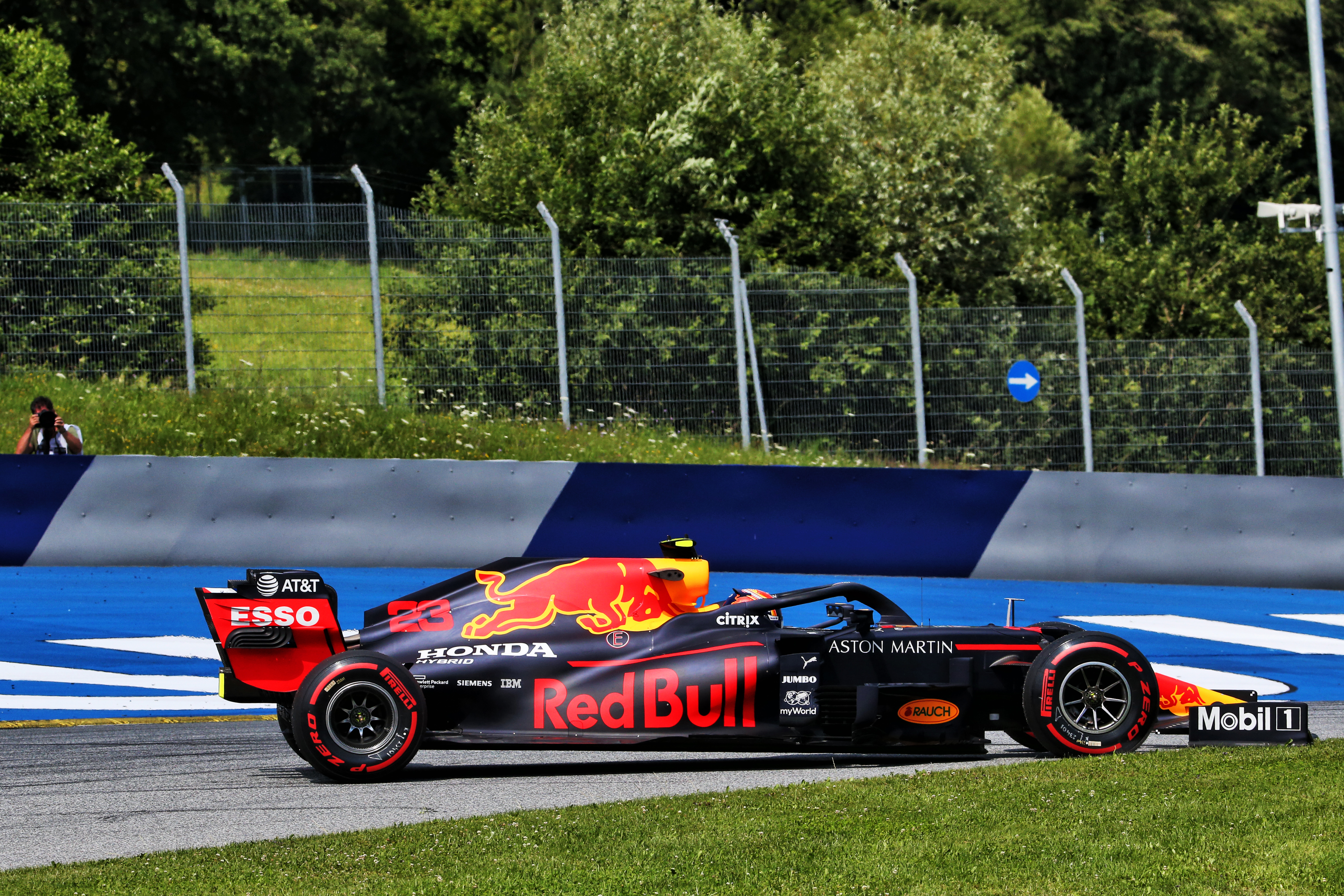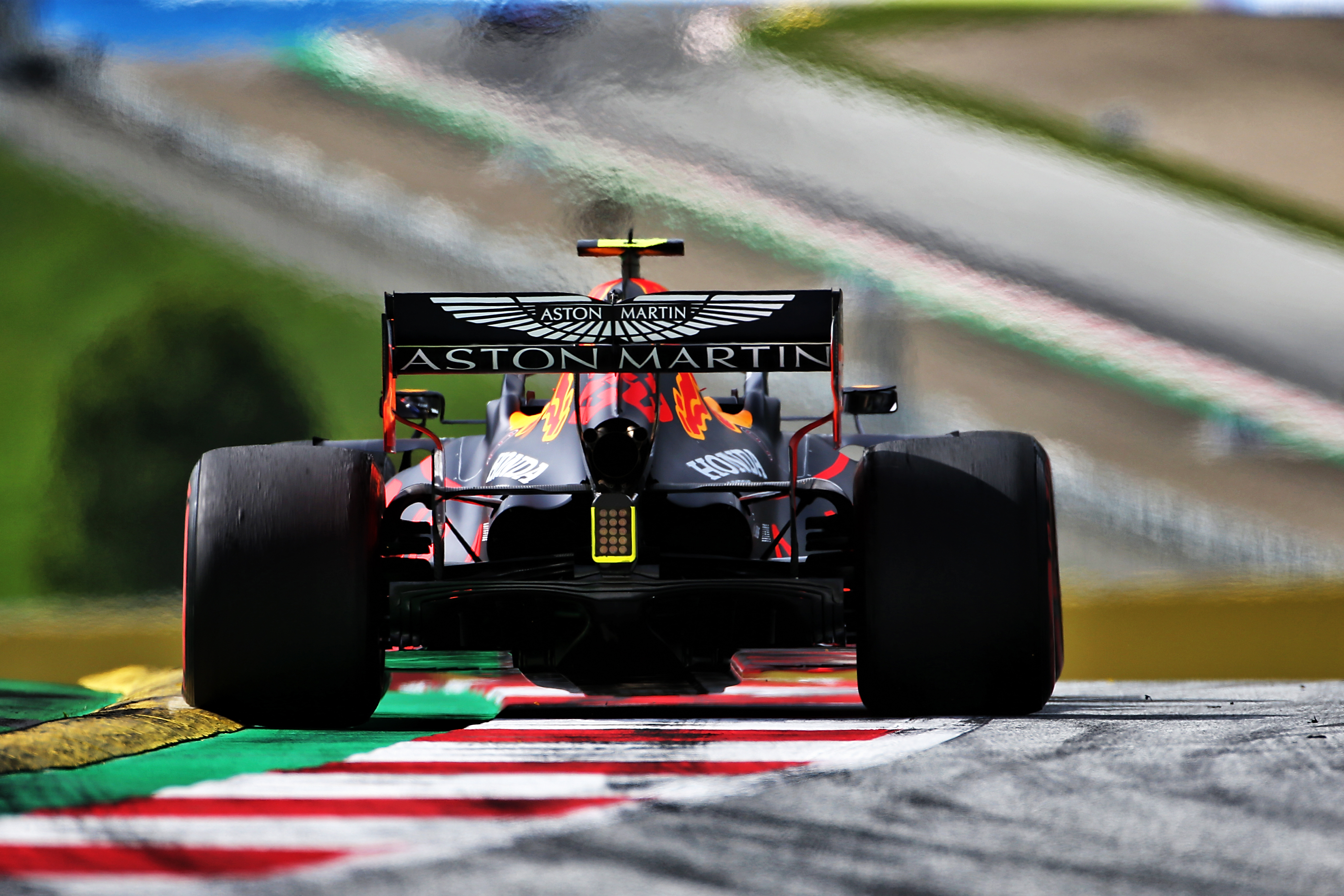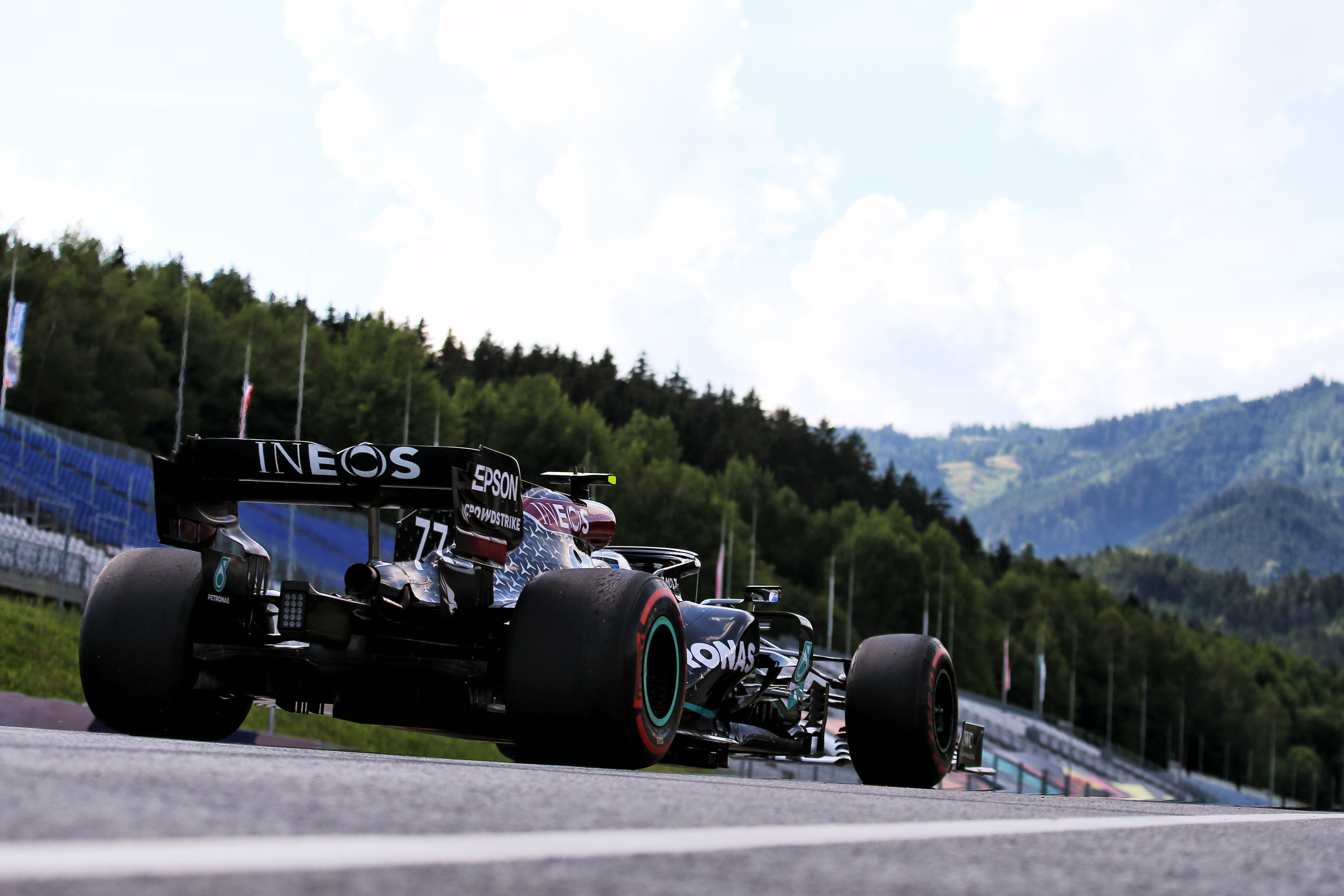Up Next

One very striking pattern from the first two events of the 2020 Formula 1 season is that the fastest two cars – the Mercedes W11 and Red Bull RB16 – are somewhat highly-strung and their full traits not yet fully understood by their respective teams.
Both cars feature extensive innovations in their suspension and steering systems in the chase of more performance but which seem to have played their part in the reliability concerns of the Mercedes and the tricky handling of the Red Bull.
Mercedes spent almost all of the Austrian Grand Prix last week monitoring a critical concern about the gearbox sensor and was instructing its drivers to keep off the kerbs so as to minimise the peak loadings on the uniquely-mounted rear suspension that were taking the system perilously close to failsafe mode – which would have resulted in instant retirement.

Meanwhile, Red Bull’s drivers spun probably more times than those of any other team spread over the two events so far. Just as in Barcelona testing the spins were coming in low-speed/high-lock corners – notably at the Red Bull Ring’s Turns 3 and 4.
Yet amazingly, in the overlays the teams make of each others’ cars, the Red Bull was consistently the quickest through those two turns – faster even than its Mercedes rival.
The Red Bull’s innovation is concentrated in its front end mechanical packaging, with multi-link lower wishbone and a unique single-piece lower leg passing through the centre of the bulkhead. The steering gear and reservoirs are – also uniquely – packaged behind the bulkhead, well back from the suspension (which would almost certainly make it unfeasibly difficult to adapt the Mercedes dual axis steering system).

Red Bull’s Christian Horner confirmed at the car’s launch that the team was chasing the exceptional low-speed corner performance achieved by last year’s Mercedes.
“They were so good in that low-speed performance and that’s one area that we needed to improve,” he said. “I think that we have made steps – and of course, this is just the start of a process, and the car will evolve from this point onwards.”
It would appear that the aim of achieving good slow-speed performance has been accomplished, as Max Verstappen and Alex Albon were consistently the fastest through the tight Turns 3 and 4 at the Red Bull Ring. But – as our technical expert Gary Anderson has observed – there appears to be a sudden ramp-up of front end grip in such corners, a sudden forward shift of the aero balance, that can easily catch out the drivers.
In the past couple of years nearly all the teams have been using the front suspension geometry to enhance downforce by pulling the nose of the car down past a certain steering lock threshold.
But the Red Bull’s geometry and aerodynamics combination would appear to be particularly aggressive and perhaps still needs to be further refined.
“A car on the edge tends to be pretty quick,” noted Albon after qualifying. But in Friday practice he was heard over the team radio observing, “I don’t understand how I have such massive understeer at Turn 3 but then oversteer in Turn 4.”
Meanwhile, the Mercedes was the only car afflicted by the gearbox sensor issue over the Red Bull Ring’s punishing kerbs. As well as the innovation of its DAS system, it also features what technical director James Allison described at the car’s launch as an “extremely adventurous” rear suspension design: “We have put a new geometry in there that gives us more aerodynamic opportunity, allows us to get more downforce on the car.”

The lower rear wishbone of the W11 is swept back to an extreme degree and feeds into the rear crash structure, freeing up much more space ahead of it to enhance the airflow around the diffuser in a very aerodynamically-powerful area. The suspension loads imposed by the Red Bull Ring’s kerbs formed a very severe test for the new system.
“You must bear in mind that normally when these developments are made they are understood with mileage,” said Toto Wolff, “and we tested the cars in Barcelona, then we had a four-month break without touching them. Then we brought upgrades onto the car which have never before been tested in any free practice sessions.
“We needed to bring it to the car to maintain our competitiveness so I think it’s a bit of ‘learning by doing’ that’s happening for all teams.
“Obviously, the ones that understand their car and their systems quicker will have an advantage and I think this race within the race is very exciting.”




